Biomes
In the story, I Am the Earth (A Moment in Time) we meet children living in eight different biomes around the world.
A biome is a large area of land or water where the plants, animals, and climate are similar.
A biome is a large area of land or water where the plants, animals, and climate are similar.
Illustrations by Connah Brecon
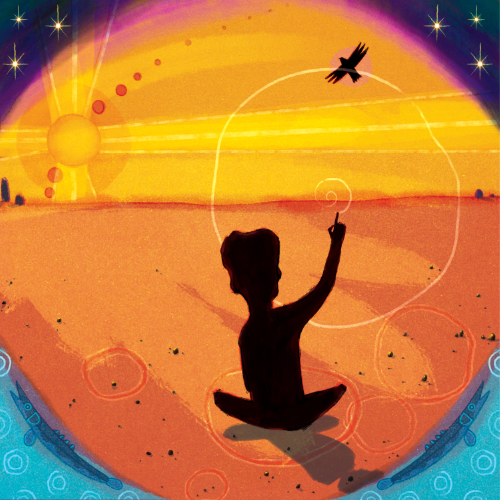
Desert
A desert is a dry place with very little rainfall. It is hot during the day and can get very cold at night.
Deserts often have lots of sand or dry soil, and sometimes big rocky areas or even tall cliffs. Some plants, like cacti, can survive the dryness.
Animals like camels, snakes, and desert foxes live here. They are good at staying cool and getting water from plants.
Deserts often have lots of sand or dry soil, and sometimes big rocky areas or even tall cliffs. Some plants, like cacti, can survive the dryness.
Animals like camels, snakes, and desert foxes live here. They are good at staying cool and getting water from plants.
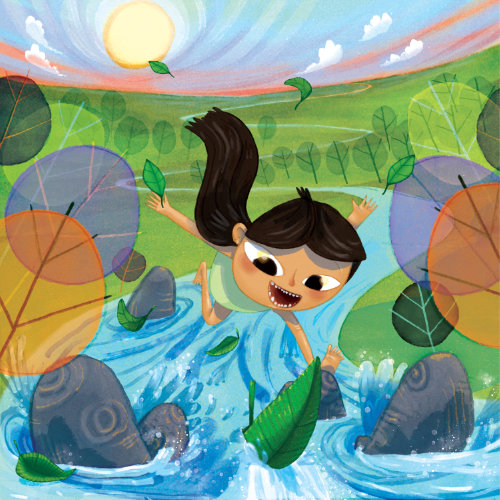
Freshwater aquatic
A freshwater aquatic biome is made up of bodies of water that have very little salt, like rivers, lakes, streams, and ponds.
These environments can be very different. In some, like rivers and streams, the water might flow quickly while in others, like lakes or ponds, it is mostly calm and still.
Freshwater biomes are important because they provide a home for many animals and plants and are the main source of clean water for people and animals.
These environments can be very different. In some, like rivers and streams, the water might flow quickly while in others, like lakes or ponds, it is mostly calm and still.
Freshwater biomes are important because they provide a home for many animals and plants and are the main source of clean water for people and animals.
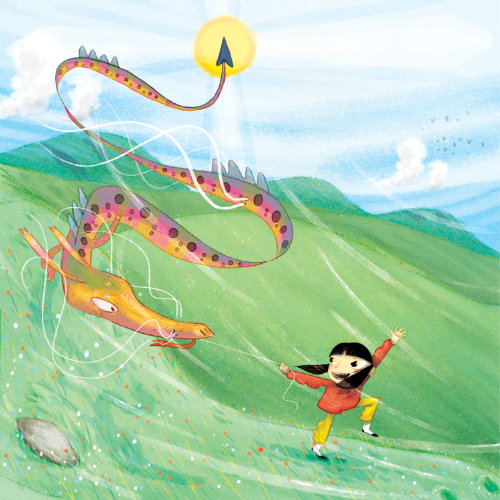
Temperate grassland
A temperate grassland is a big, open area covered mostly with grass, and not many trees. It’s a place that gets plenty of sunshine, and the weather isn’t too hot or too cold—this is why it's called "temperate."
The grass grows tall, and sometimes in the spring and summer, colourful wildflowers grow among the grass. Many different animals and birds feed on the grass.
The wind blows across the open land making ripples in grass.
The grass grows tall, and sometimes in the spring and summer, colourful wildflowers grow among the grass. Many different animals and birds feed on the grass.
The wind blows across the open land making ripples in grass.
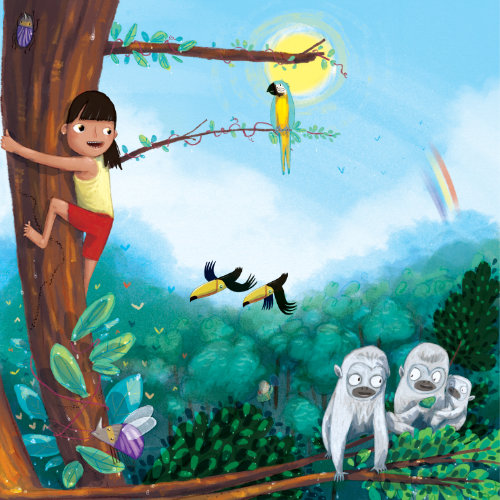
Tropical rainforest
A tropical rainforest is a warm, wet biome that is found near the equator. It has a huge variety of plants and animals and the trees grow very tall.
The animals often live in the trees, where they find food like fruit, leaves, and insects. There are also many different types of birds, reptiles, and amphibians, many of which are found nowhere else on Earth.
Tropical rainforests play an important role in regulating the Earth's climate and producing oxygen.
The animals often live in the trees, where they find food like fruit, leaves, and insects. There are also many different types of birds, reptiles, and amphibians, many of which are found nowhere else on Earth.
Tropical rainforests play an important role in regulating the Earth's climate and producing oxygen.
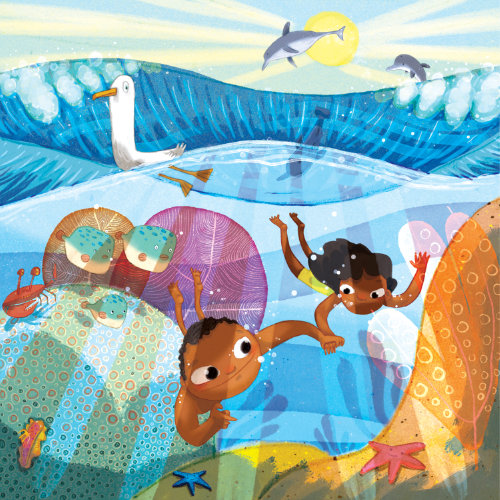
Marine aquatic
A marine biome includes the oceans and seas. Made of salty water, it covers most of the planet and is the largest biome on Earth.
The ocean is home to an incredible range of animals, from tiny plankton to giant whales. There are also a lot of plants that live in the ocean, providing food and shelter for these animals.
The marine biome is essential for life on Earth, as it helps regulate the planet’s climate, provides oxygen, and is a source of food for many creatures, including humans.
The ocean is home to an incredible range of animals, from tiny plankton to giant whales. There are also a lot of plants that live in the ocean, providing food and shelter for these animals.
The marine biome is essential for life on Earth, as it helps regulate the planet’s climate, provides oxygen, and is a source of food for many creatures, including humans.
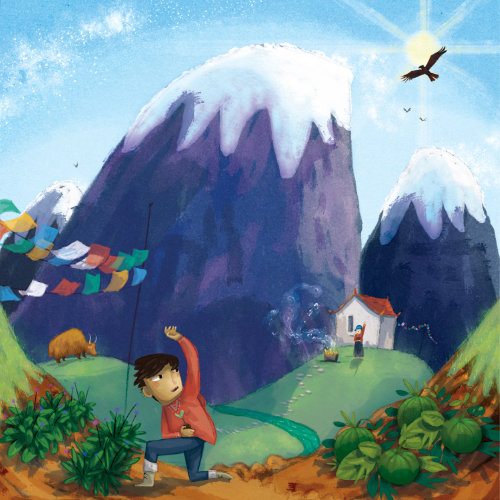
Alpine tundra
An alpine tundra is a cold, high-altitude region found in mountains around the world. It has mostly grasses, mosses, and small shrubs because the weather is too cold for big trees to grow.
There is not much rain, but it can snow a lot. The growing season is very short—plants only have a few months to grow before the cold returns.
The animals that live in the alpine tundra have to be able to handle the cold and the lack of food. They have thick fur like the yak or dense feathers like the golden eagle.
There is not much rain, but it can snow a lot. The growing season is very short—plants only have a few months to grow before the cold returns.
The animals that live in the alpine tundra have to be able to handle the cold and the lack of food. They have thick fur like the yak or dense feathers like the golden eagle.
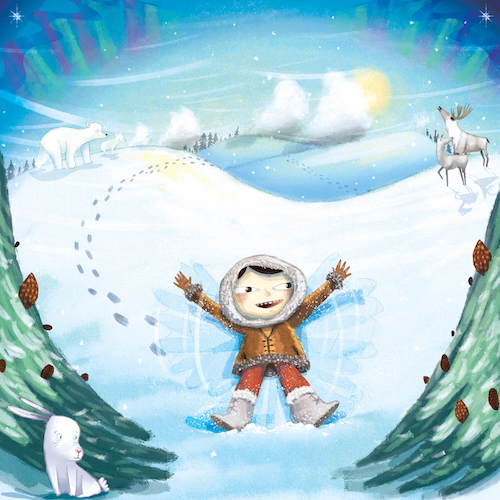
Arctic tundra, Boreal forest
The Arctic tundra is a cold, icy region found near the North Pole where the land is frozen for most of the year. It is mostly flat and covered in snow, ice, and rocks, with very few trees. The ground is frozen solid, which is called permafrost. Only small plants like mosses, lichens, and tiny shrubs can survive the harsh cold.
In winter, it’s dark for many months, but in the summer, the sun shines almost all day. Because it’s so cold, animals must have thick fur like polar bears and Arctic foxes.
The boreal forest, also known as the taiga, is a cold forest found just south of the Arctic tundra. Unlike the tundra, the boreal forest has many trees, mostly spruces and pines, which keep their needles all year round.
Animals like moose, wolves, and Arctic hares live in these forests, along with birds like owls and woodpeckers.
In winter, it’s dark for many months, but in the summer, the sun shines almost all day. Because it’s so cold, animals must have thick fur like polar bears and Arctic foxes.
The boreal forest, also known as the taiga, is a cold forest found just south of the Arctic tundra. Unlike the tundra, the boreal forest has many trees, mostly spruces and pines, which keep their needles all year round.
Animals like moose, wolves, and Arctic hares live in these forests, along with birds like owls and woodpeckers.
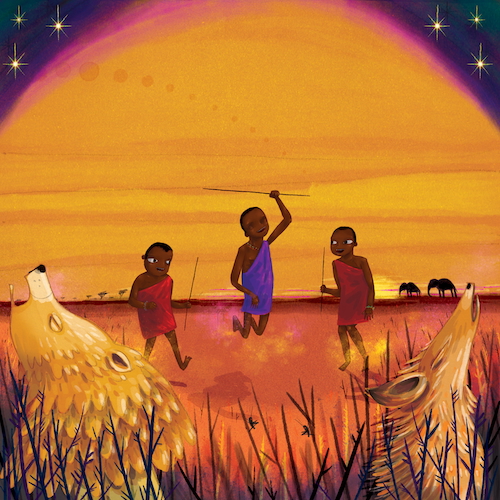
Savannah grassland
A grassland savannah is a large, open area covered mostly with tall grasses and a few trees. There are savannahs in Africa, South America and Australia, where the weather is warm, and there are both wet and dry seasons.
The savannah gets enough rain for grass to grow, but not enough for big forests to form. In the rainy season, the grass grows tall, and flowers bloom, but during the dry season, the land can get dusty and dry.
There are many animals in the savannah, especially large herbivores like zebras, elephants, giraffes and kangaroos, which eat the grasses. Predators like lions and hyenas also live there and hunt for food.
The savannah gets enough rain for grass to grow, but not enough for big forests to form. In the rainy season, the grass grows tall, and flowers bloom, but during the dry season, the land can get dusty and dry.
There are many animals in the savannah, especially large herbivores like zebras, elephants, giraffes and kangaroos, which eat the grasses. Predators like lions and hyenas also live there and hunt for food.